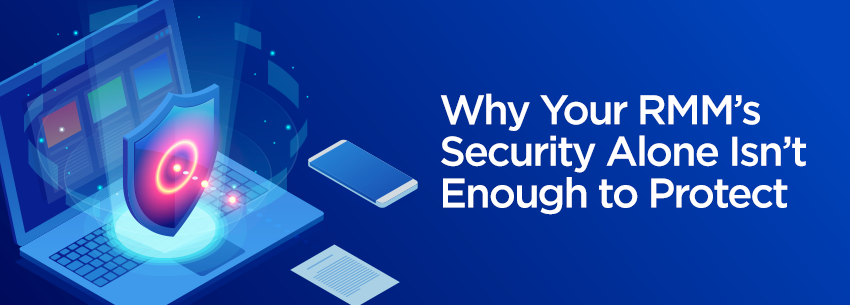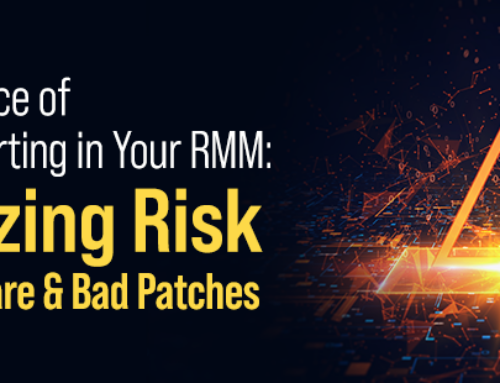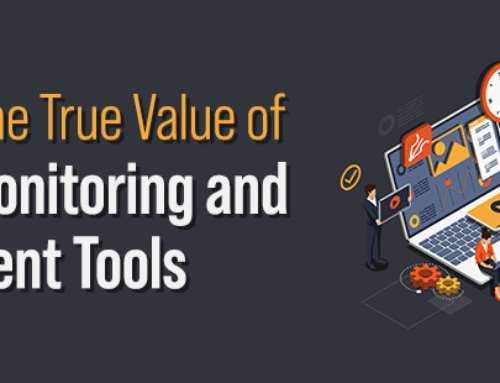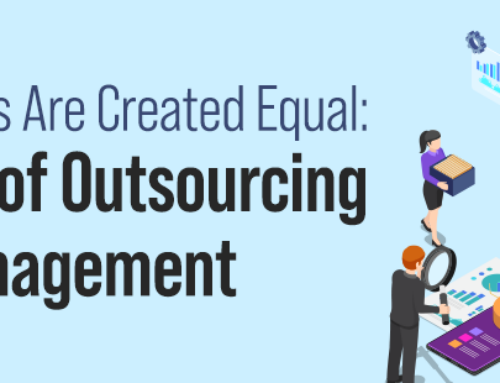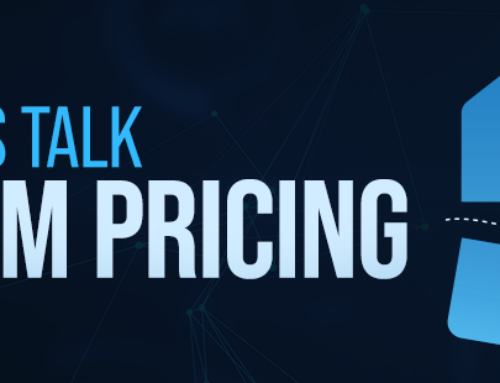With cybercriminals attacking MSPs more frequently now than ever before, MSPs are on high alert.
Even when they’re leveraging the right solutions, taking the necessary precautions, and being extremely vigilant, MSPs, like businesses in other industries, continue to fall victim to the growing number of malicious threat actors seeking to exploit vulnerabilities in IT infrastructures worldwide.
But for MSPs, what’s at stake is much higher.
For years, federal agencies have warned MSPs about becoming likely targets for cybercriminals. Unlike other businesses, MSPs have unfettered access to a relatively large number of systems and networks. Looking to exploit potential vulnerabilities in these IT infrastructures, malicious threat actors eventually turned their efforts toward attacking the very software MSPs use to monitor and manage their clients’ IT infrastructures remotely.
Here’s the thing: Even though many MSPs are using what they believe to be rock-solid software stacks to protect their customers from the rising threat of cyber attacks, the risk of cyber attacks on MSPs remains astronomically high. But why?
The answer is simple: Even products of the highest quality have vulnerabilities.
It’s up to MSPs to put in the additional time, effort, and resources to protect themselves and their customers. Luckily, MSPs have received the message and taken action.
There have been recent examples of MSPs coming across vulnerabilities in MSP software. For instance, in mid-July, an MSP uncovered two critical vulnerabilities in ConnectWise Automate. Since the discovery, ConnectWise has made a patch available for both vulnerabilities, which affected on-premise and cloud-based versions of the product.
Had these vulnerabilities remained unpatched (and it’s important to remember that MSPs must install patches for their on-premise customers), malicious threat actors could have executed “arbitrary SQL statements against an individual Automate instance” and “modifications within an individual Automate instance,” according to ConnectWise security bulletins.
Additional security measures are needed to help mitigate these risks and others for MSPs and their customers.
Many of these solutions are outside of the typical RMM platform. What makes them noteworthy is they allow MSPs to perform functions faster by locking down vulnerabilities with the click of a mouse and stopping data theft by shutting down the most common pathways that data thieves use. These solutions provide MSPs with opportunities to enhance their RMM through automation and other types of technologies.
It’s time for MSPs to look beyond the security their RMM provides. The U.S. Secret Service has reported an increase in hacked MSPs. With things not expected to change anytime soon, MSPs are left finding alternatives, especially when security is of the utmost importance.
